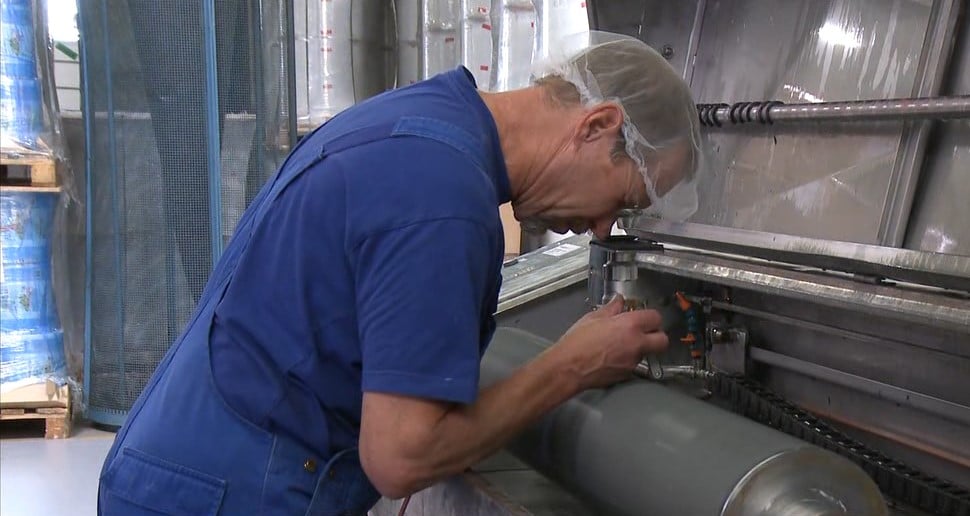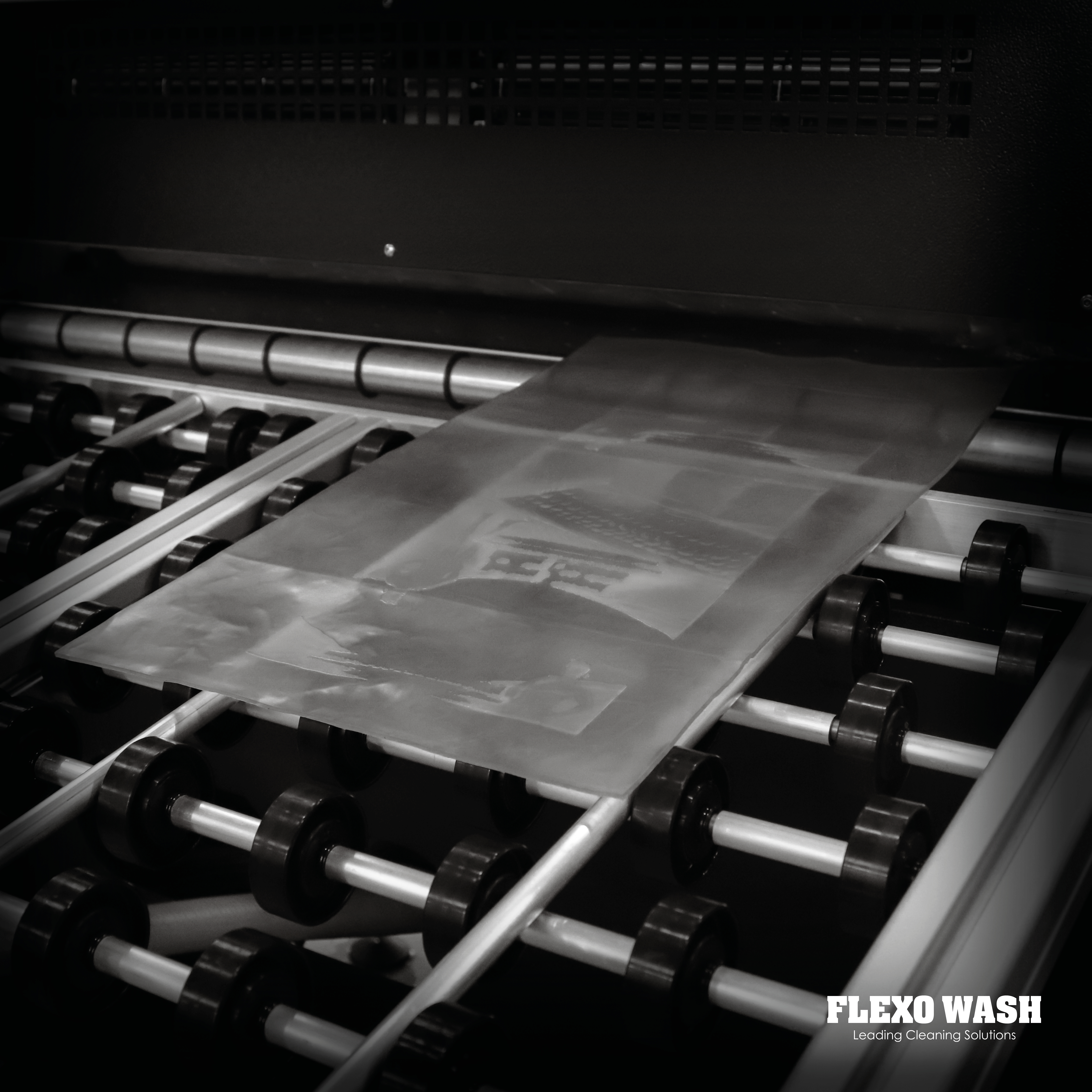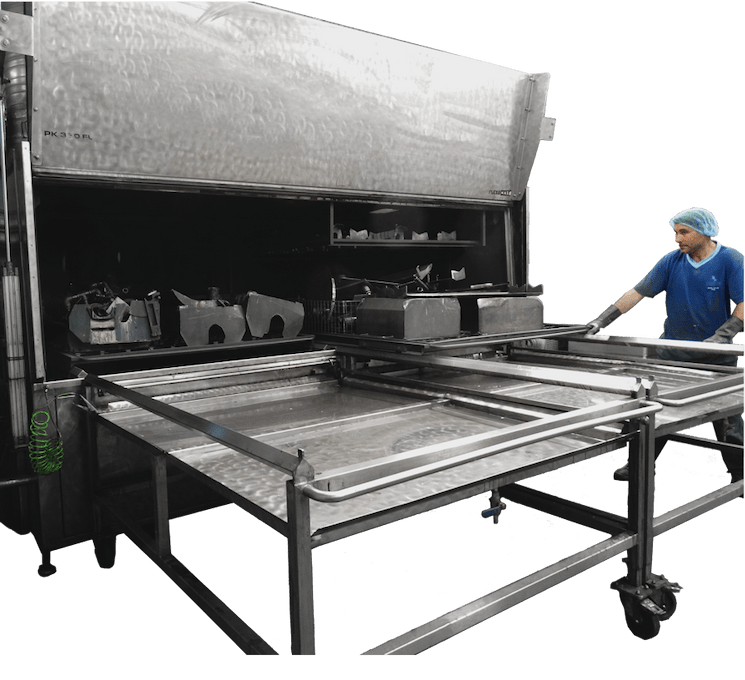Why is proper cleaning vital for your business?
Achieving high-quality printing is essential for the success of your business, but various factors can impact your production output. When it comes to anilox rolls and anilox sleeves, anilox product maintenance is crucial to maintaining their cell volume to prevent issues with ink transfer. Failure to do so can lead to poor color densities, uneven ink distribution, ink wastage, and ultimately poor printing quality. Regular and proper cleaning of your aniloxes is crucial to avoid replacement and ensure consistent, optimal performance.
Daniel Yjord, who has more than 25 years of experience in the flexographic industry as a printer and is now area sales manager at Flexo Wash, explains:
"Clean aniloxes will give you high-quality prints, consistent output, and increased press efficiency, enabling more print jobs to be completed without downtime."
If you invest in an automated anilox cleaning machine, you can transform your operations and get numerous benefits for anilox product maintenance. Notably, you can significantly reduce ink and waste while experiencing less downtime and decreased labor costs. Additionally, your aniloxes will enjoy an extended lifespan and maintain high cell volume, crucial for optimal performance.
How do you clean your aniloxes for anilox product maintenance?
When it comes to cleaning aniloxes, there are two primary methods: manual and automated. However, manual cleaning poses some risks that can outweigh the benefits. Tools like pads, abrasive cleaners, and brushes can lose their effectiveness with today's deeper and smaller cells, and even worse, cause damage to the expensive anilox rolls. Additionally, manual cleaning raises health and safety concerns that need to be taken seriously.
There are numerous effective systems available for automated anilox cleaning, optimizing anilox product maintenance. Although they require a bigger initial investment, they offer significant long-term savings by reducing substrate waste during press start-up, minimizing press downtime, and lowering labor costs. Ultimately, investing in automated cleaning can lower your quality cost and boost your output.
We recommend a combination of both methods for optimal cleaning results. Automated cleaning can serve as your daily deep cleaning solution, while manual cleaning can supplement your automated workflow.
When to clean?
When establishing a high-quality cleaning cycle you will gain a better understanding of your business's project capabilities. It is crucial to clean your aniloxes after every job and before storing them to prevent ink from drying in the fine cells, making it harder to remove later on.
In addition to daily cleaning, it is advisable to perform a more thorough deep cleaning of your aniloxes at least once a week, depending on the system used. However, certain systems are gentle enough to allow for daily deep cleaning if necessary.
To learn more about anilox product maintenance, click here: Anilox cleaning by Flexo Wash
You can also view the video below where Area Sales Managers Mette Laursen and Niels Madsen talk more about the importance of maintaining your aniloxes properly:


.jpg.jpg)

